From Wrenches to Wi-Fi: The Changing Face of Car Maintenance
In 2025, the evolution of the automobile has fully embraced the digital age. No longer just machines of metal and gasoline, today’s cars are increasingly defined by lines of code. And one of the most transformative forces behind this change is Over-the-Air (OTA) upgrades. Once a novelty offered by tech-savvy brands like Tesla, OTA updates are now being deployed by mainstream automakers across the board—from Ford and BMW to Hyundai and Toyota. Whether it’s a bug fix, an interface redesign, or even the unlocking of new horsepower, OTA upgrades are doing for cars what software updates did for smartphones.
But as drivers marvel at new features beamed into their vehicles overnight, a more sobering question surfaces: Are traditional mechanics and workshops being left behind? What happens to the man with the wrench when the car’s biggest issue is software lag or a corrupted module? For drivers, manufacturers, and technicians alike, OTA tech isn’t just a convenience—it’s a turning point that reshapes responsibility, access, and the very meaning of car ownership.
Software-Defined Vehicles Take the Wheel
Modern vehicles are increasingly built as “software-defined,” a concept where core driving, safety, and infotainment functions are controlled by centralized computing systems. Thanks to these unified architectures, manufacturers can push software updates remotely, impacting everything from fuel efficiency algorithms to adaptive cruise behavior.
For example, in 2025, Volvo can improve steering feedback on the EX90 through an OTA patch, while Mercedes-Benz can release a remote update that enhances regenerative braking performance. Even brands like Stellantis are launching AI-based assistants and dynamic dashboard features through these upgrades—without asking the user to visit a dealership or lift a hood.
This level of centralized digital control renders many traditional diagnostics tools and mechanical interventions obsolete. When a braking issue stems from a firmware mismatch rather than worn pads, the fix no longer requires a lift and socket set. It requires a secure cloud connection, authenticated credentials, and a team of engineers in a data center. The mechanic’s role, in many cases, is being redefined—from fixer to facilitator.
The Service Bay Disruption: Technicians at a Crossroads
While OTA upgrades bring undeniable convenience for users, they also cause ripples across the automotive repair industry. Independent workshops, once essential for everything from tune-ups to troubleshooting warning lights, now find themselves locked out of core systems. Without access to proprietary software tools, these garages can’t update critical control units or clear faults related to firmware.
Some automakers now require specialized certifications and digital access tokens for even basic software interventions. Mechanics must re-skill rapidly—learning not just diagnostics, but encryption, firmware validation, and server-side integration. In essence, the modern mechanic is becoming more of an IT professional with a socket wrench as a secondary tool.
This is especially troubling in rural or economically modest areas, where independent repair shops are often the only accessible option for car owners. If cars can’t be repaired without OEM-sanctioned tools and cloud credentials, a significant gap opens between tech-enabled urban drivers and their offline counterparts. The democratization of vehicle maintenance is quietly at risk.
OTA’s Fine Print: Ownership vs Permission
There’s also the question of control. When automakers hold the keys to a vehicle’s digital functionality, do you truly “own” your car—or are you leasing the software that makes it work? In many 2025 vehicles, features like heated seats, acceleration boosts, or even certain safety systems are locked behind digital paywalls. Some only activate after an OTA unlock—often linked to a monthly subscription.
This dynamic reshapes what a mechanic can and cannot do. Let’s say your brake pedal feels spongy. If the root cause lies in a software-controlled brake-by-wire system, your local shop can’t tweak it—they have to defer to the manufacturer’s cloud-based calibration service. This puts automakers in the driver’s seat, even after purchase, and limits a technician’s ability to customize or optimize based on user feedback.
It also introduces new risks. What if an OTA update fails mid-process and bricks the car? What if a bug causes system-wide failure, as seen in a few 2024 examples where infotainment updates interfered with safety systems? In such cases, mechanics are powerless until OEMs push fixes from the cloud. Physical know-how is no longer enough.
Warranty, Regulation, and the Legal Gray Zone
As OTA systems grow in complexity, they’re also becoming battlegrounds for legal and regulatory debate. Traditionally, car repairs fell under “right-to-repair” laws, ensuring users could access tools and documentation necessary for maintenance. But OTA updates blur this framework. Are software patches part of maintenance or product evolution? Can a user refuse an OTA update without voiding warranty terms?
Many manufacturers now bake OTA conditions directly into warranty contracts. If a user disables OTA for privacy or data reasons, they may lose coverage on affected systems. If a third-party garage modifies firmware—even to solve a legitimate issue—warranty terms may become null. This centralization of control favors OEMs but marginalizes both consumers and mechanics.
Governments are beginning to respond. The EU is examining regulations that compel automakers to open up software APIs for authorized third parties. In the U.S., Massachusetts passed a ballot initiative requiring telematics access for independent repairers. But these changes are slow, and in the meantime, car owners may find themselves trapped in a proprietary ecosystem that values compliance over flexibility.
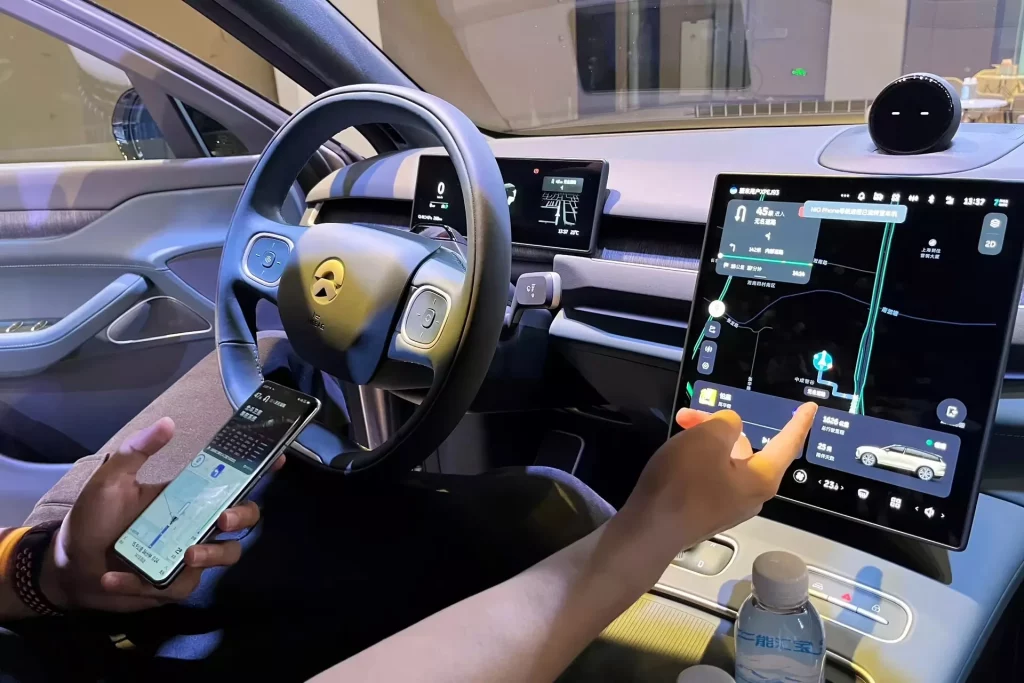
The New Skillset: Mechanics as Digital Surgeons
Despite these challenges, the OTA era is also creating new opportunities. Forward-thinking workshops are investing in tech training, hiring hybrid engineers, and developing cloud-linked diagnostic suites. These “digital mechanics” can interpret OTA logs, restore bricked control units, and even run rollback patches when updates fail.
Such technicians are not grease-stained generalists—they’re certified, agile troubleshooters who understand both combustion engines and software stacks. Many are forming niche businesses focused solely on electric and software-defined vehicles. For them, OTA isn’t a threat—it’s a gateway to relevance in a post-oil world.
Similarly, some third-party developers are building independent platforms that allow safe OTA upgrades without infringing OEM systems. While not yet mainstream, this parallel market suggests a future where community-based fixes can coexist with factory support, especially for out-of-warranty vehicles or open-source platforms.
The Driver’s Dilemma: Convenience or Control?
For the average car owner in 2025, OTA upgrades are largely a blessing. Who wouldn’t want improved fuel mapping, bug-free infotainment, or extended battery range delivered overnight without scheduling a service appointment? The frictionless nature of these updates feels modern, intelligent, and even magical.
Yet this convenience comes at the cost of control. Drivers now have to trust manufacturers not only to fix bugs, but to decide what their car can or cannot do. Some worry that OTA frameworks will allow automakers to quietly throttle performance, disable features for non-payment, or collect driving data without transparent consent.
As with smartphones, we’re entering an era where our vehicles may become “black boxes” of proprietary logic, accessible only to those with the right passwords and licensing. For enthusiasts and tinkerers, this is disheartening. For repair shops, it’s a paradigm shift. And for regulators, it’s a growing frontier that needs clear rules of engagement.
Looking Ahead: The Path Toward Hybrid Ecosystems
OTA is here to stay. It makes economic, environmental, and consumer sense. But for this system to evolve sustainably, it must be balanced by openness, transparency, and cooperative repair access. Just as app ecosystems evolved beyond Apple’s tight grip, car software may one day foster ecosystems where certified third parties can safely contribute, customize, and repair.
We may also see the rise of modular OTA tiers—where users can choose which systems receive updates, or where independent software providers offer alternative firmware. Imagine a scenario where your performance tuner can securely push ECU maps to your car without voiding warranty, or where EV owners choose between efficiency-optimized OTA and sport-tuned OTA via a decentralized marketplace.
Ultimately, OTA doesn’t need to spell the death of the mechanic. It simply demands their reinvention. Just as mechanics once shifted from carburetors to fuel injection, from analog gauges to OBD-II, they now face a new inflection point. With the right tools and access, they can remain vital actors in the software-defined vehicle era.
Conclusion: Not Obsolete, But Transformed
Are mechanics being made obsolete by OTA in 2025? Not quite—but their world is being fundamentally reshaped. The wrench remains relevant, but it now shares space with cloud access, encryption keys, and firmware logs. Mechanics who adapt will thrive. Those who resist may struggle.
For drivers, the choice becomes one of philosophy: embrace seamless updates with limited control, or advocate for a system that welcomes openness, repair freedom, and shared technical ownership. The road ahead isn’t just electric—it’s digital. And everyone involved—manufacturers, technicians, regulators, and owners—must decide how that journey is shared.

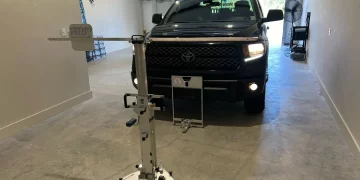
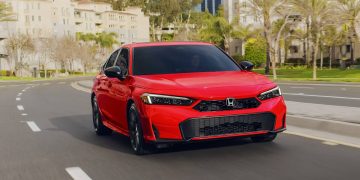
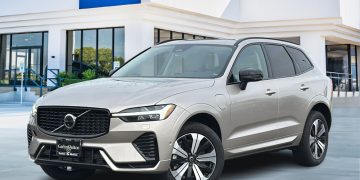

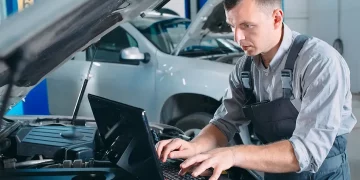
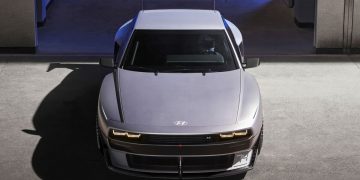
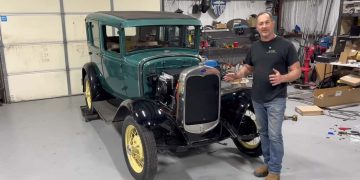

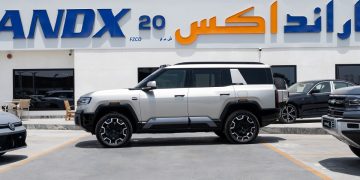











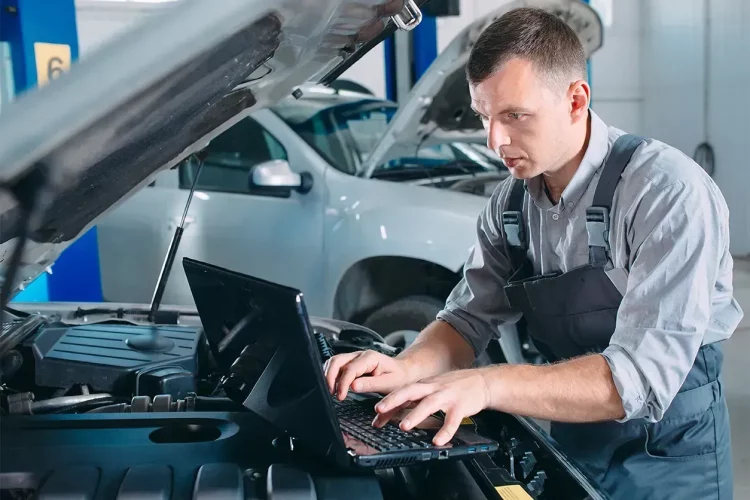












Discussion about this post